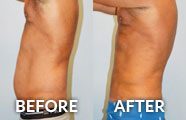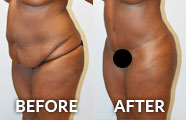Question: Can too many chemical peels make my skin thin and frail?
Answer: No. This is not true. A chemical peel works to exfoliate and resurface the skin, helping it to rebuild collagen and speed up the Cellular Turnover Rate. Both of these help to improve the tone and texture of the skin, making it stronger and more youthful. Even after one treatment the skin begins to get healthier. Below are the different types of peels, and their strengths.
A glycolic peel uses the most popular Alpha Hydroxy Acid (a natural fruit acid, also known as AHA). It is a light skin treatment that gently penetrates the uppermost layer of skin.
The salicylic peel uses an acid found in many home acne fighting products. It is also a light skin treatment. The main benefit is its ability to break down sebum, which makes it great for acne sufferers.
The following three are much more effective:
Jessner’s Peel – This chemical peel uses a combination of lactic acid, salicylic acid and resorcinol. It is a bit more aggressive on the skin than the previous two mentioned above.
Trichloracetic Acid (TCA Peel) – A TCA peel is a common solution for medium to deep peels. The depth of penetration varies depending on the concentration and amount of solution applied.
Baker’s/Phenol Peel – A Phenol peel uses a coal tar derivative. It is the strongest peeling agent, most commonly used for deep peels. This peel must be preformed by a Dr. Nease or Dr. Deal.
Answer provided by Southern Surgical Arts’ Aesthestician, Leigh Hudgens in Chattanooga, Tennessee. Call for your appointment at Southern Surgical Arts: 423-266-3331


